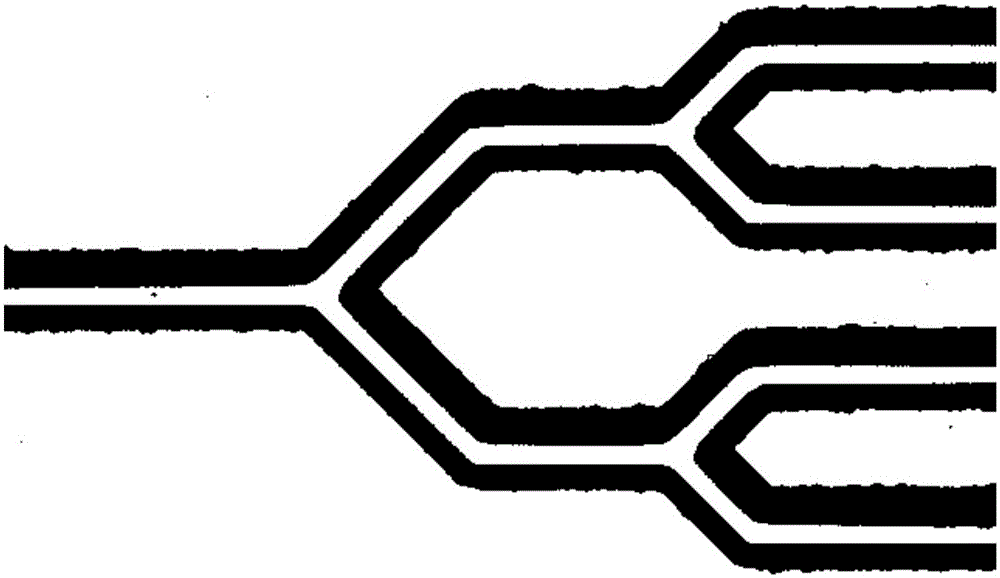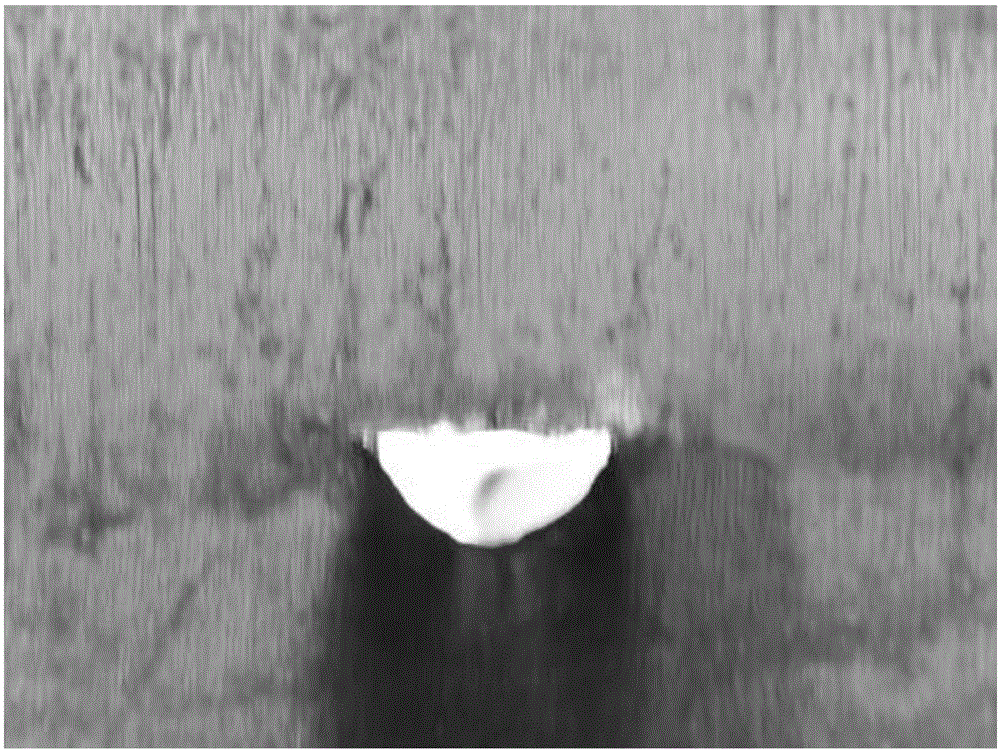Plasma-assisted glass or quartz chip microstructure alignment and pre-bonding method
A plasma and pre-bonding technology, applied in the fields of chip micromachining and bonding, glass or quartz chip microstructure alignment and pre-bonding, can solve the problems of increasing the difficulty of the alignment process, reducing the success rate, etc. The full use of resources, the solution is easy to fit, and the effect of ensuring safety
- Summary
- Abstract
- Description
- Claims
- Application Information
AI Technical Summary
Problems solved by technology
Method used
Image
Examples
Embodiment 1
[0030] S1 Plasma Assisted Microstructure Alignment and Pre-bonding of Sodium Glass Substrate Chips:
[0031] 1) After wet etching, first use acetone to dissolve the photoresist on the surface of the 2.3mm thick sodium glass substrate, then use isopropanol to wash away the excess acetone, and after fully cleaning with a large amount of water, put the glass substrate into the Complete chromium removal is carried out in the chromium removal solution composed of ammonium cerium nitrate, acetic acid and ultrapure water.
[0032] 2) Fully clean the soda glass substrate and cover slip treated in step 1) with detergent, and use a large amount of ultrapure water to clean to remove organic matter, solid particles and dust on the surface.
[0033] 3) After drying most of the water with a high-pressure air gun, use air to stimulate plasma, and perform surface cleaning and activation in a plasma cleaner for 3-10 minutes to form a highly hydrophilic surface. The instrument used is a plasma...
Embodiment 2
[0043] S1 Plasma-assisted microstructure alignment and pre-bonding of boron glass chips:
[0044] 1) After wet etching, use acetone to dissolve the photoresist on the surface of the boron glass substrate with a thickness of 1.1 mm, then use isopropanol to wash away excess acetone, and after fully cleaning with a large amount of water, put the boron glass substrate into Complete chromium removal is carried out in a chromium removal solution composed of cerium ammonium nitrate, acetic acid and ultrapure water.
[0045] 2) Fully clean the boron glass substrate and cover sheet treated in step 1) with detergent, and use a large amount of ultrapure water to clean and remove organic matter, solid particles and dust on the surface.
[0046] 3) After drying most of the water with a high-pressure air gun, use air to stimulate plasma, and perform surface cleaning and activation in a plasma cleaner for 3-10 minutes to form a highly hydrophilic surface. The instrument used is a plasma cle...
Embodiment 3
[0055] S1 Plasma Assisted Microstructure Alignment and Pre-bonding of Quartz Chips:
[0056] 1) After wet etching, first use acetone to dissolve the photoresist on the surface of the 1.1mm thick quartz substrate, then use isopropanol to wash away the excess acetone, and after fully cleaning with a large amount of water, put the quartz substrate into the nitric acid The chromium removal is completely carried out in the chromium removal solution composed of ammonium cerium, acetic acid and ultrapure water.
[0057] 2) Fully clean the quartz substrate and cover sheet treated in step 1) with detergent, and use a large amount of ultrapure water to clean and remove organic matter, solid particles and dust on the surface.
[0058] 3) After drying most of the water with a high-pressure air gun, use air to stimulate plasma, and perform surface cleaning and activation in a plasma cleaner for 3-10 minutes to form a highly hydrophilic surface. The instrument used is a plasma cleaner prod...
PUM
 Login to View More
Login to View More Abstract
Description
Claims
Application Information
 Login to View More
Login to View More - R&D
- Intellectual Property
- Life Sciences
- Materials
- Tech Scout
- Unparalleled Data Quality
- Higher Quality Content
- 60% Fewer Hallucinations
Browse by: Latest US Patents, China's latest patents, Technical Efficacy Thesaurus, Application Domain, Technology Topic, Popular Technical Reports.
© 2025 PatSnap. All rights reserved.Legal|Privacy policy|Modern Slavery Act Transparency Statement|Sitemap|About US| Contact US: help@patsnap.com



